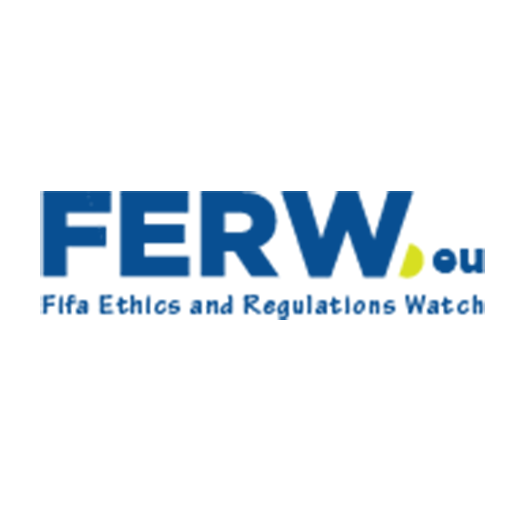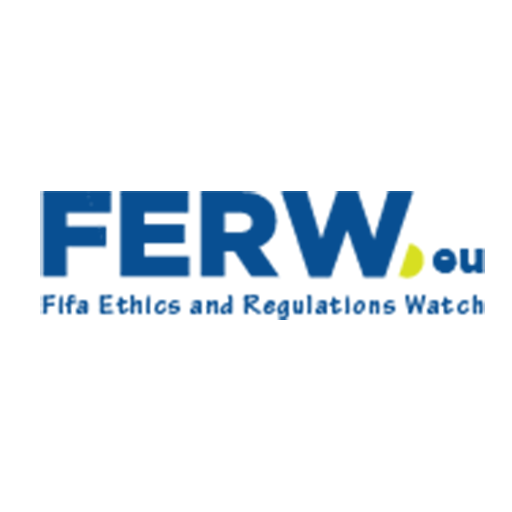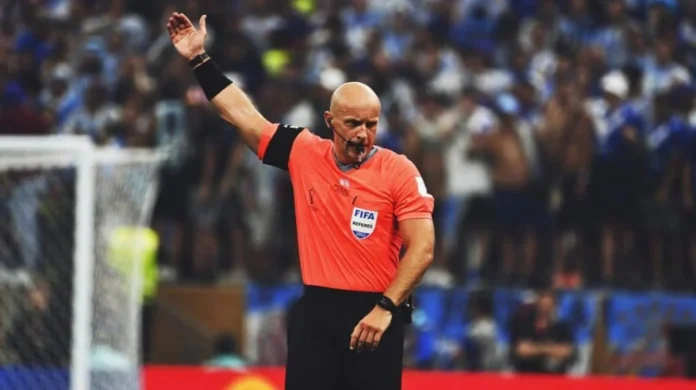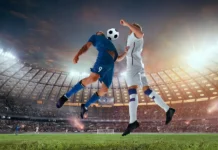The 2025/26 season introduces sweeping rule changes to modernize football and strengthen fairness. Developed by the International Football Association Board (IFAB) and fully backed by FIFA, the reforms aim to standardize playing conditions, reduce time-wasting, and enhance referee authority, underscoring a stronger commitment to the game’s integrity.
Among the most controversial changes is the rule of goalkeeper possession. In the past an indirect free kick was awarded after the keeper spent more than six seconds with the ball. The new rule has now been modified to put the limit at eight seconds but with a much harsher consequence; a corner kick to the other side, which is counted by the referee overtly. This new consequence is meant to discourage stalling tactics, yet also changes a tempo already accepted in the game, and breaks the defensive rhythm.
Implications For Match Flow And Fan Experience
The design of football prioritizes continuity and fluid transitions, traits that new rule changes could challenge.
Dropped Ball Adjustments And Tactical Flow
According to the new rule on the dropped-ball now the goalkeeper who has taken the receiving pass is allowed to possess the ball unchallenged whenever the ball is stopped within the penalty area. This is more conducive to defensive restarts, but can reduce spontaneous pressure events, historically adding to unpredictable and exciting sequences of play.
These apparently small additions can add up negatively to the rhythm of football, to put the balance between order and improvisation that is the hallmark of the sport.
VAR Announcements And Fan Perception
The second important update is the publicization of Video Assistant Referee ( VAR ) decisions. This is now allowing the match officials to declare the VAR decisions over the microphone with the intention of giving the audience instant clarifications. Though this is similar to what is done in other sports like rugby and American football, fouls and intent in football are very subjective and this poses a special challenge.
Other analysts suggest that clarity provides the spectator with a benefit, but it can also increase controversy because it allows real time judgment of difficult decisions. The 2025 Club World Cup will be the initial high profile platform to evaluate how transparency improves trust or increases dissent.
Challenges Of Enforcement And Consistency
The effectiveness of the new rules depends heavily on enforcement, which remains uneven across levels of play and regions.
Simulation And Holding Infractions
Efforts to penalize simulation and holding have intensified, with stricter guidelines issued to referees. However, interpreting these offences often requires subjective judgment. Inconsistencies between officiating crews risk undermining these efforts, unless accompanied by advanced training and technological reinforcement.
The use of AI-enhanced officiating tools and data-driven decision support may assist in narrowing inconsistencies, but the reliability of such tools—and their reception by players remains uncertain.
Referee Body Cameras And Accountability
FIFA has also introduced pilot programs testing referee body cameras to improve transparency and document verbal exchanges. These devices may serve as both protective and educational tools, capturing referee-player interactions for review.
Nevertheless, concerns persist. Critics argue that surveillance could alter referee behavior, shift focus away from the match, or contribute to post-game media frenzies based on offhand comments. The psychological effect on referees under constant observation is an ongoing consideration.
Balancing Tradition And Modernization
The 2025 law revisions exemplify football’s wider struggle to evolve without eroding its core identity.
While fans support faster play and fewer stoppages, changes must align with football’s inherent unpredictability and tactical nuance. The eight-second goalkeeper rule, for example, addresses deliberate delays but also penalizes strategic game management, especially in tight end-game situations.
This evolution of match regulation forces coaching staff to redesign training sessions, emphasizing speed in decision-making while adapting to more rigid officiating boundaries. For players, the adjustment means not only technical changes but an adaptation to a new interpretive environment on the pitch.
Future Prospects And Ongoing Adaptation
The implementation of the 2025 FIFA rule changes, is aligned with a larger change in technological approach to the governing of sport across the world.
Early Feedback And Regulatory Tweaks
Since the new rules will be tested at the 2025 FIFA Club World Cup and other international tournaments, referee, coach, and player feedback will inform possible amendments. FIFA has allowed customization even to the extent that some protocols such as captain-only referee interaction and the use of bodycams have been recognised to be experimental.
This elasticity implies that football can be understood as developing not just by the top-down rule but in interaction, the real-time communication with people on the ground.
Offensive Play And Tactical Innovation
Some of the rule amendments seek to encourage attack play. Suggested changes to the offside regulation- still in its pilot stage- give a benefit to the attackers when any part of their bodies that can be played is in line with the outermost defender. When adopted, this has the potential of transforming forward movement and spacing strategies.
High-press teams or those relying on quick transition might benefit and another casualty might be the old fashioned low-block defense. Such changes can be seen as an indication of a time when tactical innovation becomes an essential aspect of the interpretation and exploitation of rules.
Sustaining Football’s Core While Embracing Change
After all, the predicament that FIFA has to contend with is to find a sustainable balance between governance and gameplay.
With the continued technological incorporation and the commercialization of football, it is important to make sure that the new rules will add value to the game rather than negatively impacting its popularity around the world. Too much rigidity or over regulation may drive fans away, particularly on grass-roots and amateur levels, which can be characterised more by flexibility and passion than by any other factor.
The direction of the sport in the next decade will depend on whether the 2025 changes will maintain or interfere with this very delicate ecosystem. Football has to change, but never at the expense of what has made it loved over the generations and geographical boundaries.













